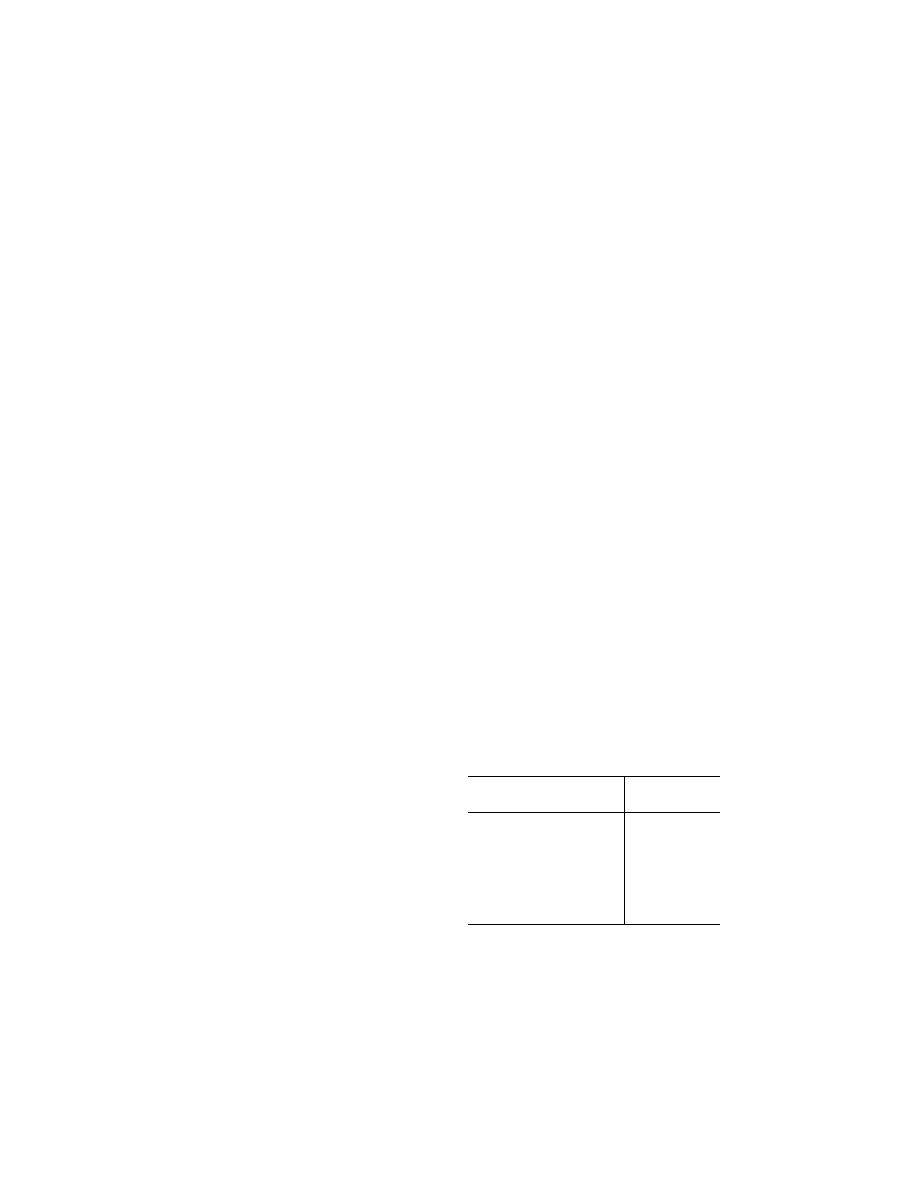
363
Pipeline and Haz. Matls. Safety Admin., DOT
§ 172.102
hour per square meter per degree Celsius
(0.075 Btu per hour per square foot per de-
gree Fahrenheit) temperature differential.
Insulating materials must not promote
corrosion to steel when wet.
B15
Packagings must be protected with
non-metallic linings impervious to the lad-
ing or have a suitable corrosion allowance.
B16
The lading must be completely covered
with nitrogen, inert gas or other inert ma-
terials.
B18
Open steel hoppers or bins are author-
ized.
B23
Tanks must be made of steel that is
rubber lined or unlined. Unlined tanks
must be passivated before being placed in
service. If unlined tanks are washed out
with water, they must be repassivated
prior to return to service. Lading in un-
lined tanks must be inhibited so that the
corrosive effect on steel is not greater than
that of hydrofluoric acid of 65 percent con-
centration.
B25
Packagings must be made from monel
or nickel or monel-lined or nickel-lined
steel.
B26
Tanks must be insulated. Insulation
must be at least 100 mm (3.9 inches) except
that the insulation thickness may be re-
duced to 51 mm (2 inches) over the exterior
heater coils. Interior heating coils are not
authorized. The packaging may not be
loaded with a material outside of the pack-
aging’s design temperature range. In addi-
tion, the material also must be covered
with an inert gas or the container must be
filled with water to the tank’s capacity.
After unloading, the residual material also
must be covered with an inert gas or the
container must be filled with water to the
tank’s capacity.
B27
Tanks must have a service pressure of
1,034 kPa (150 psig). Tank car tanks must
have a test pressure rating of 1,379 kPa (200
psig). Lading must be blanketed at all
times with a dry inert gas at a pressure not
to exceed 103 kPa (15 psig).
B28
Packagings must be made of stainless
steel.
B30
MC 312, MC 330, MC 331 and DOT 412
cargo tanks and DOT 51 portable tanks
must be made of stainless steel, except
that steel other than stainless steel may
be used in accordance with the provisions
of § 173.24b(b) of this subchapter. Thickness
of stainless steel for tank shell and heads
for cargo tanks and portable tanks must be
the greater of 7.62 mm (0.300 inch) or the
thickness required for a tank with a design
pressure at least equal to 1.5 times the
vapor pressure of the lading at 46
°
C (115
°
F). In addition, MC 312 and DOT 412 cargo
tank motor vehicles must:
a. Be ASME Code (U) stamped for 100% ra-
diography of all pressure-retaining welds;
b. Have accident damage protection which
conforms with § 178.345–8 of this sub-
chapter;
c. Have a MAWP or design pressure of at
least 87 psig: and
d. Have a bolted manway cover.
B32
MC 312, MC 330, MC 331, DOT 412 cargo
tanks and DOT 51 portable tanks must be
made of stainless steel, except that steel
other than stainless steel may be used in
accordance with the provisions of
§ 173.24b(b) of this subchapter. Thickness of
stainless steel for tank shell and heads for
cargo tanks and portable tanks must be
the greater of 6.35 mm (0.250 inch) or the
thickness required for a tank with a design
pressure at least equal to 1.3 times the
vapor pressure of the lading at 46
°
C (115
°
F). In addition, MC 312 and DOT 412 cargo
tank motor vehicles must:
a. Be ASME Code (U) stamped for 100% radi-
ography of all pressure-retaining welds;
b. Have accident damage protection which
conforms with § 178.345–8 of this sub-
chapter;
c. Have a MAWP or design pressure of at
least 87 psig; and
d. Have a bolted manway cover.
B33
MC 300, MC 301, MC 302, MC 303, MC 305,
MC 306, and DOT 406 cargo tanks equipped
with a 1 psig normal vent used to transport
gasoline must conform to Table I of this
Special Provision. Based on the volatility
class determined by using ASTM D 439 and
the Reid vapor pressure (RVP) of the par-
ticular gasoline, the maximum lading pres-
sure and maximum ambient temperature
permitted during the loading of gasoline
may not exceed that listed in Table I.
T
ABLE
I—M
AXIMUM
A
MBIENT
T
EMPERATURE
—
G
ASOLINE
ASTM D439 volatility class
Maximum lading and
ambient temperature
(see note 1)
A ........................................................
131
°
F
(RVP
≤
9.0 psia)
B ........................................................
124
°
F
(RVP
≤
10.0 psia)
C ........................................................
116
°
F
(RVP
≤
11.5 psia)
D ........................................................
107
°
F
(RVP
≤
13.5 psia)
E ........................................................
100
°
F
(RVP
≤
15.0 psia)
N
OTE
1: Based on maximum lading pressure of 1 psig at
top of cargo tank.
B35
Tank cars containing hydrogen cyanide
may be alternatively marked
‘‘Hydrocyanic acid, liquefied’’ if otherwise
conforming to marking requirements in
subpart D of this part. Tank cars marked
‘‘HYDROCYANIC ACID’’ prior to October
1, 1991 do not need to be remarked.
B42
Tank cars constructed before March 16,
2009, must have a test pressure of 34.47 Bar
VerDate Sep<11>2014
16:41 Oct 31, 2018
Jkt 244226
PO 00000
Frm 00373
Fmt 8010
Sfmt 8010
Q:\49\49V2.TXT
PC31